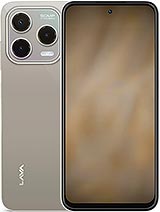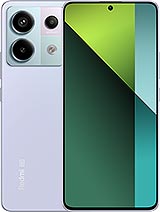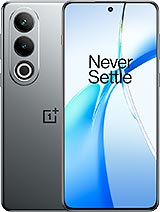Lava Bold N1 Pro alternatives
Tap above to see alternatives.
Motorola Edge 50 alternatives
Tap above to see alternatives.
Lava Bold N1 Pro

Lava Bold N1 Pro
-
Unisoc T606
12 nm
-
5000 mAh
18W
-
6.67"
720 x 1600 pixels
-
50 MP
1080p@30fps
-
Specs

Motorola Edge 50

Motorola Edge 50
-
Snapdragon 7 Gen 1
4 nm
-
5000 mAh
68W
-
6.7"
1220x2712 pixels
-
50 MP
4K@30fps
- Specs
2x1.6 GHz Cortex-A75
6x1.6 GHz Cortex-A55
1x2.5 GHz Cortex-A710
3x2.36 GHz Cortex-A710
4x1.8 GHz Cortex-A510
(wide), PDAF
f/1.8, (wide), 1/1.56", 1.0µm, multi-directional PDAF, OIS
10 MP
f2.0, 72mm (telephoto), 1.0µm, PDAF, 3x optical zoom, OIS
13 MP
f/2.2, 120˚ (ultrawide), 1.12µm, PDAF
1080p@30/60fps
f/2.4, (wide), 0.7µm
1080p@30/120fps
SIM1: Nano, SIM2: Nano
SIM1: Nano, SIM2: Nano
14 5G bands
n1, n2, n3, n5, n7, n8, n20, n28, n38, n40, n41, n66, n77, n78
In this performance comparison, the Motorola Edge 50 with its Qualcomm Snapdragon 7 Gen 1 (4nm) performs better than the Lava Bold N1 Pro with the Unisoc Unisoc T606 (12nm), thanks to superior chipset efficiency.
Motorola Edge 50 offers 2 years of OS updates, while Lava Bold N1 Pro does not have confirmed OS update information. Motorola Edge 50 receives 3 years of security updates, while Lava Bold N1 Pro does not have confirmed security update information.
Motorola Edge 50 features a superior AMOLED display, while Lava Bold N1 Pro comes with an LCD panel. Both smartphones offer the same 120 Hz refresh rate. Both devices deliver the same brightness level at nits. Notably, Motorola Edge 50 offers a higher screen resolution, resulting in sharper visuals and more detailed content.
Both phones are equipped with the same 5000 mAh battery capacity. Motorola Edge 50 also supports faster wired charging at 68W, compared to 18W on Lava Bold N1 Pro. Motorola Edge 50 supports wireless charging at 15W, while Lava Bold N1 Pro lacks this feature.
Motorola Edge 50 offers better protection against water and dust with an IP68 rating.
- Lava Bold N1 Pro – Check price here
¹ Scores can vary even with the same chipset due to RAM, thermals, and software optimization.










